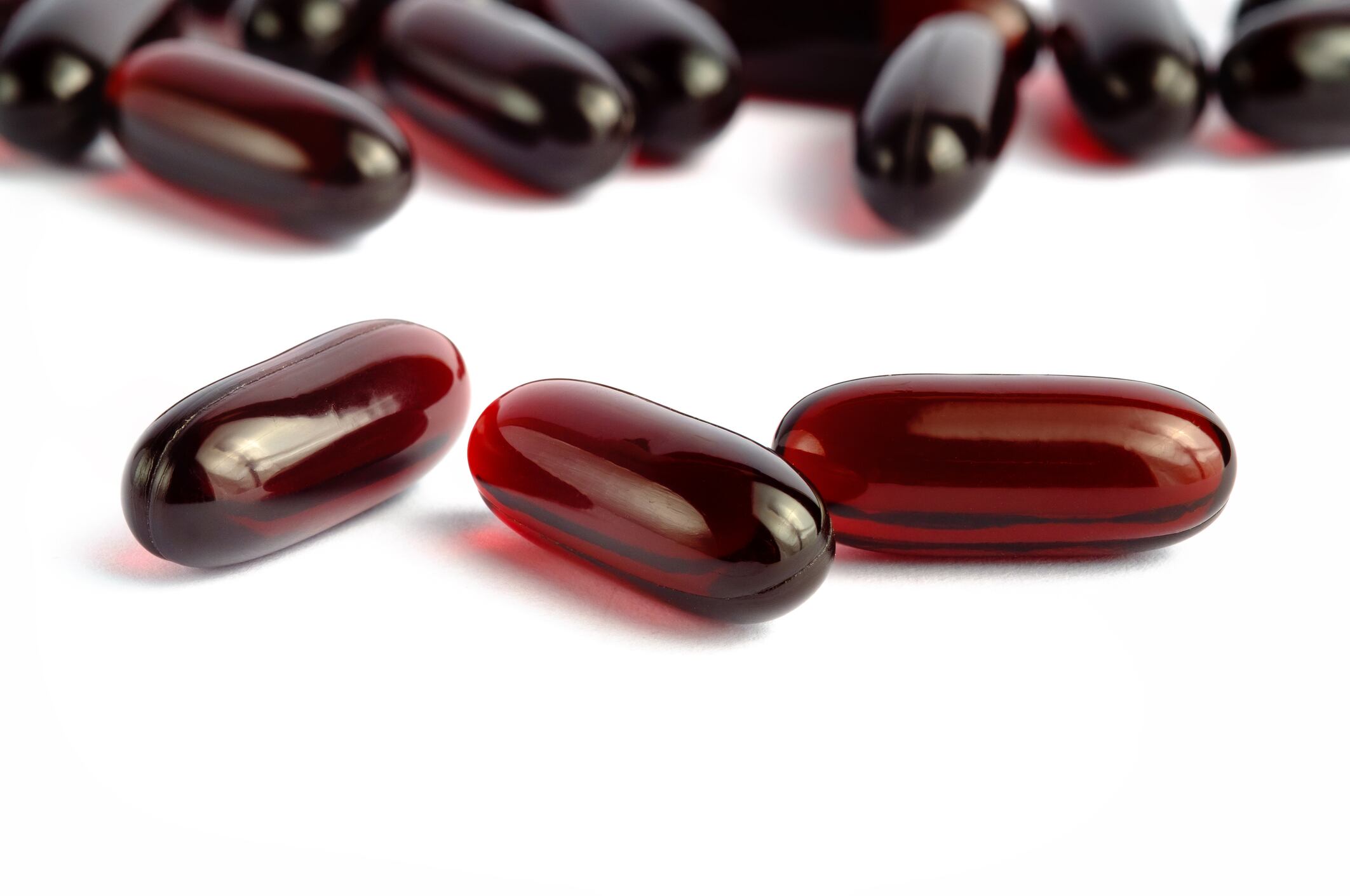Algalif started production of astaxanthin from Haematococcus pluvialis in 2014, with its first sales in 2015-16. It currently offers two types of ingredients: astaxanthin oleoresins and an algal biomass powder. New astaxanthin formats are coming soon, Tryggvi Stefánsson, PhD, Algalif’s science manager, told NutraIngredients-USA at the recent SupplySide West show in Las Vegas.
Some of the new formats will be geared towards beverages, explained Simon Seward, SVP sales and marketing, with significant opportunities for these in the South East Asian market.
The company’s biggest market currently is North America, where awareness of astaxanthin is good, said Seward. “We’ve now moved to build the market in South East Asia with an increased distribution and more storytelling,” he said.
Algalif is also eying opportunities in China with online, social media, and cross-border commerce, particularly with its Icelandic Harvest brand of astaxanthin supplements.
“Astaxanthin has a number of functional benefits,” said Seward. “Healthy aging in Asia is really interesting. Life expectancy is often longer there, and governments are more proactive, and this plays into the hands of astaxanthin.”
Iceland
The company has built its strategy around its home country of Iceland, emphasizing its natural advantages. The country ranks number 11 on Yale University’s Environmental Performance Index (EPI) , but comes in at number two on Environmental Health and number one for water and sanitation.
The company uses the closed tubes system to produce its algae in a modular format, meaning that if there is ever a contamination then that section can be isolated and dumped without affecting the continuous running of the plant.
One other thing that algae needs is light, and in that respect, Iceland is lacking for large stretches of the year. To get around this (and the potentially inclement weather in the Northern Atlantic) Algalif grows its algae indoors under a proprietary artificial light system.
Dr Stefánsson added that the company also benefits indirectly from Iceland’s pharma industry, which provides a wealth of local knowledge.
Red hot!
Astaxanthin exploded onto the national conscience in 2011 when Dr Joseph Mercola described the potent red antioxidant on the Dr Oz show as the “number one supplement you’ve never heard of that you should be taking”. Sales of products containing the carotenoid subsequently “skyrocketed”, and interest has remained high.
There are several approaches to growing Haematococcus pluvialis, the microalgae from which astaxanthin is derived, including open ponds or closed tube systems. The algae - which starts out green - is fed CO2 and nutrients, but turns red (which means it's producing astaxanthin) in response to stress. Astaxanthin oleoresin is then extracted from the algal biomass.
Algalif’s facility is located near Keflavik in Iceland at an old US Navy base, long a Cold War feature of eastern Iceland that was first built during World War II.


